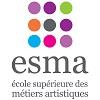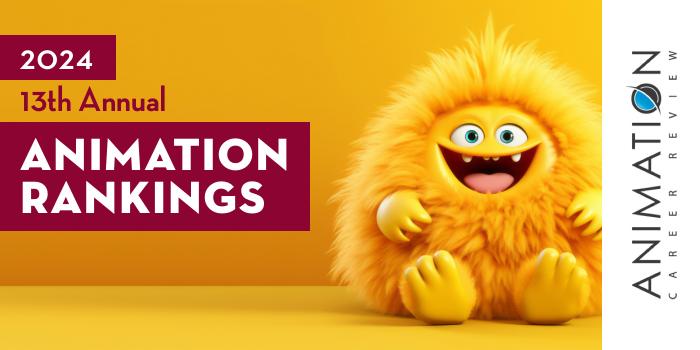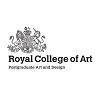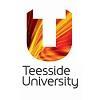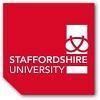Bournemouth University (BU) is home to the Faculty of Media & Communication, which houses the National Centre for Computer Animation (NCCA). Established in 1989, the NCCA is one of the few research-intensive Animation centers in the UK. In 2011, the NCCA was presented with the Queen’s Anniversary Award for world-class computer animation teaching with wide scientific creative applications. In addition, BU is one of a small number of institutions in the UK to achieve Houdini Certified School status by Side Effects Software.
The NCAA at BU has both undergraduate and graduate programs for students seeking a career in Animation. At the undergraduate level, students can earn a BA in Computer Animation and Visual Effects. Graduate students have three options including the 3D Computer Animation MA; the MSc in Computer Animation and Visual Effects; and the Digital Effects MA.
All options are ScreenSkills recognized and feature collaborative projects that simulate real world scenarios and challenges; lecture series; access to animation labs equipped with industry-standard software such as Houdini, Maya, Unreal Engine, Zbrush, Unity, and Nuke; access to green screen motion capture, and virtual production studios; and industry guest speakers.
Studios that have visited BU include Disney Animation Studios, Pixar, DreamWorks, Microsoft, DNEG, Epic Games, Industrial Light & Magic (ILM), Sony Interactive Entertainment Europe (SIEE), Framestore, Moving Picture Company (MPC), Animal Logic, Illumination, and Blue Zoo Animation.
A major component of the animation programs at Bournemouth University is participation in the Annual BFX Festival. With nearly 1,000 attendees and nearly 60 speakers, BFX is one of the largest Animation, Games, and Visual Effects festivals in the UK. This international event features networking opportunities with artists and speakers from all areas of entertainment; talks and panels; competitions; screenings; and nearly 20 masterclasses by experts in the industry.
The Computer Animation and Visual Effects BA at BU has three pathway options including Visual Effects; Art and Design; and Technical Arts. Course examples for the program include Modeling and Texturing; Principles of 3D Animation; Procedural Content Creation; Lighting and Look Development; Image Manipulation for Animation & Visual Effects; Concept and Story; and Professional Practice.
All BA students have the opportunity to complete an invaluable 30-week internship at a studio; work with supportive tutors who will review their work; and tailor their studies with option units such as Computer Graphics for Sustainable Development, and Moving Images of a Computerized Age.
The Computer Animation and Visual Effects BA program at Bournemouth University culminates with a major project and dissertation. Students may complete the project and dissertation individually or in teams.
Graduates of the program enjoy a near 95% employment rate or further study within six months of graduation. BU alumni have worked on films such as Blade Runner 2049, Solo: A Star Wars Story, Fantastic Beasts: The Crimes of Grindelwald, The Avengers, and Dunkirk.
The 3D Computer Animation MA at Bournemouth University helps students develop advanced skills in computer animation for animated features, films, television production, computer games, scientific visualization, interactive media, flight simulation, virtual environments, advertising, and architecture. All students will work and learn in a professional studio environment, and create a major project to be exhibited at the degree show. This event attracts top industry recruiters from around the world.
Course examples for the 3D Computer Animation MA include Visual & Critical Studies; Core Production Principles; Core Production Techniques; Research and Development in Computer Animation; and Production Development. In addition to the final project, MA students will build a master’s portfolio either solo or with a group.
In the BU Computer Animation & Visual Effects MSc, students will learn how to apply math, algorithmic, and technical skills to create tools to be used in the production of animated works and computer games. Course examples for the program include Simulation and Rendering; CGI Tools; Pipeline and Technical Direction; Animation Software Engineering; and CGI Techniques. Students will complete group projects and a master’s project to be displayed at the end of year degree show.
The MA and MSc programs at Bournemouth University take one year to complete. Graduates are prepared to pursue leadership roles across industries. In the entertainment and games industries, program alumni have worked on films and games for major studios such as DreamWorks, Pixar, Sony Picture Imageworks, and EA Games. Examples include the Harry Potter series, Happy Feet, Grand Theft Auto, Monsters vs Aliens, the Lord of the Rings trilogy, King Kong, and Crysis 2.
Bournemouth University dates back to the 1970s, when Bournemouth College of Technology was created. By 1976, the school had changed its name to Dorset Institute of Higher Education, and again in 1992 to Bournemouth Polytechnic. Within two months, the school became Bournemouth University. Today, BU provides more than 240 degree programs to 19,000+ students. The programs at Bournemouth University are accredited by agencies such as the Association to Advance Collegiate Schools of Business (AACSB), and the Club Managers Association of Europe (CMAE).
